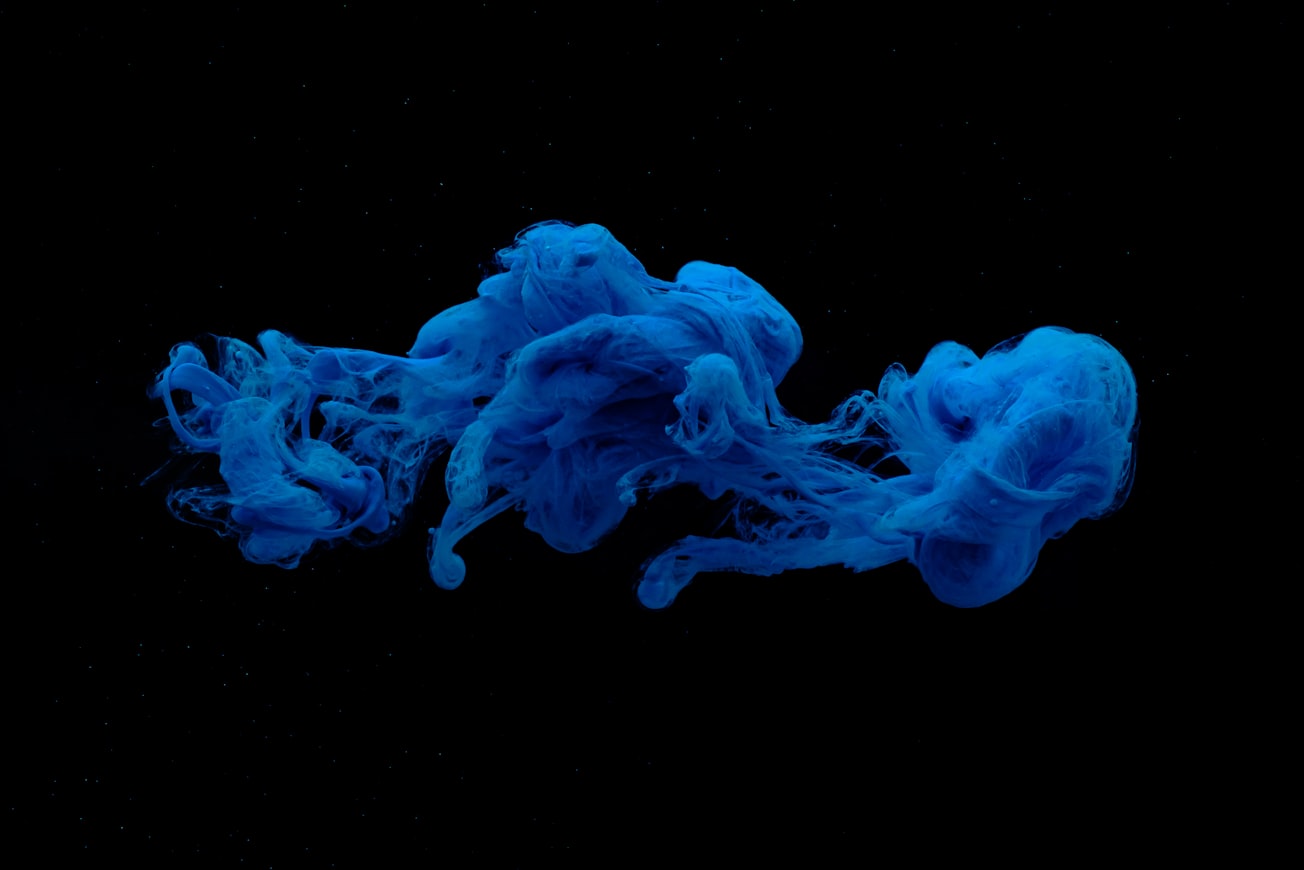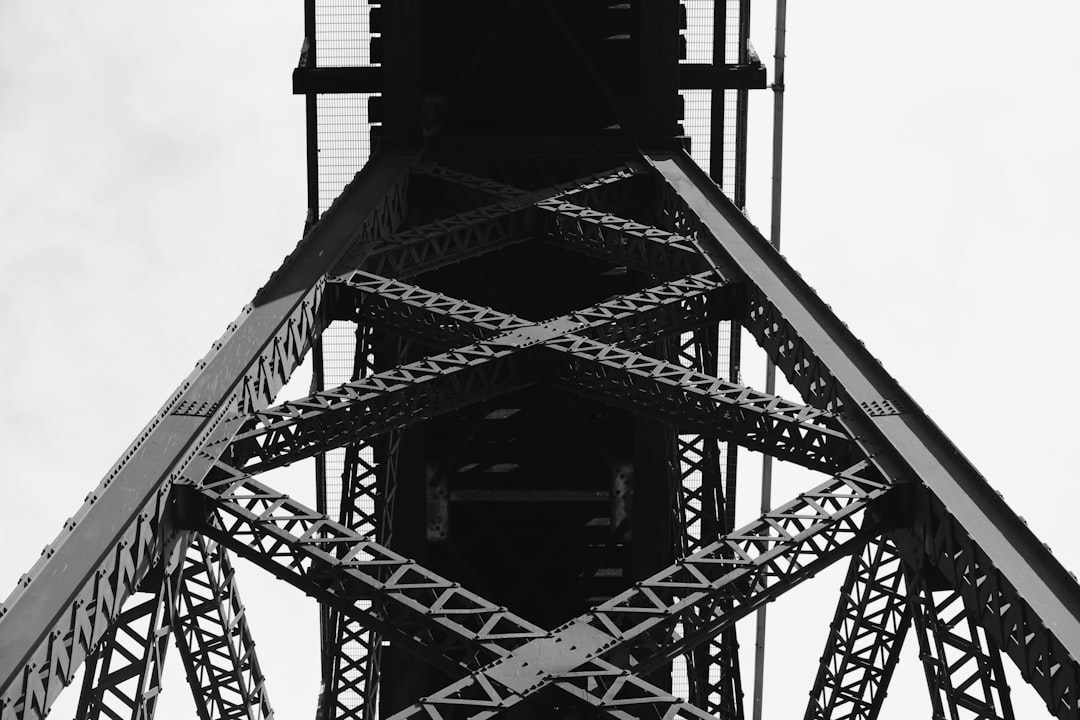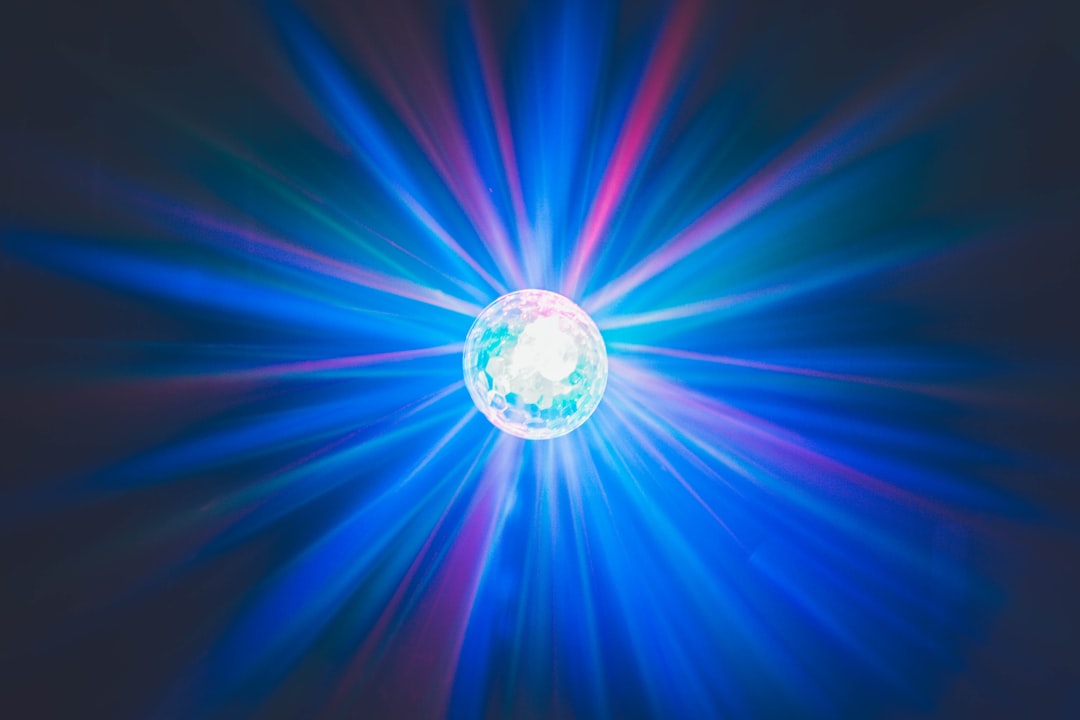What is it about?
This work develops a 3D convolutional recurrent autoencoder network for real-time parametric flow predictions. Specifically, the present manuscript addresses the online speed-up of a complicated and realistic symmetry-breaking flow past a sphere to predict unsteady flows and instantaneous forces. More importantly, we introduce a novel mesh-to-mesh field transfer and load recovery (FTLR) process to select the best grid for CNNs from a point cloud domain of an unstructured finite-element-based CFD solver.
Featured Image

Photo by Max Kleinen on Unsplash
Why is it important?
In this work, for the first time, we have shown that besides online speed-up of 1800 times, our 3D CRAN and FTLR framework has also significantly improved the training time/offline speed-up as well as reduced the CFD mesh complexity by nearly 3 times in the deep learning space. In summary, the authors strongly believe that the present contribution is a first attempt at scaling unsteady flow and force prediction for 3D bluff bodies involving physically rich vortex dynamics of low aspect ratio geometries.
Perspectives
The present work extends our convolutional recurrent autoencoder network (CRAN) framework that has been recently introduced in our previous studies (in Physics of Fluids [1] and Computers & Fluids [2] papers) for 2D bi-stable flow and fluid-structure interaction predictions. Highly recommended for CFD and DL research. involving 3D and parametric effects. [1] Bukka SR, Gupta R, Magee AR, Jaiman RK. Assessment of unsteady flow predictions using hybrid deep learning based reduced-order models. Physics of Fluids. 2021 Jan 1;33(1):013601. [2] Gupta R, Jaiman R. A hybrid partitioned deep learning methodology for moving interface and fluid–structure interaction. Computers & Fluids. 2022 Jan 30;233:105239.
Rachit Gupta
University of British Columbia
Read the Original
This page is a summary of: Three-dimensional deep learning-based reduced order model for unsteady flow dynamics with variable Reynolds number, Physics of Fluids, March 2022, American Institute of Physics,
DOI: 10.1063/5.0082741.
You can read the full text:
Contributors
The following have contributed to this page










